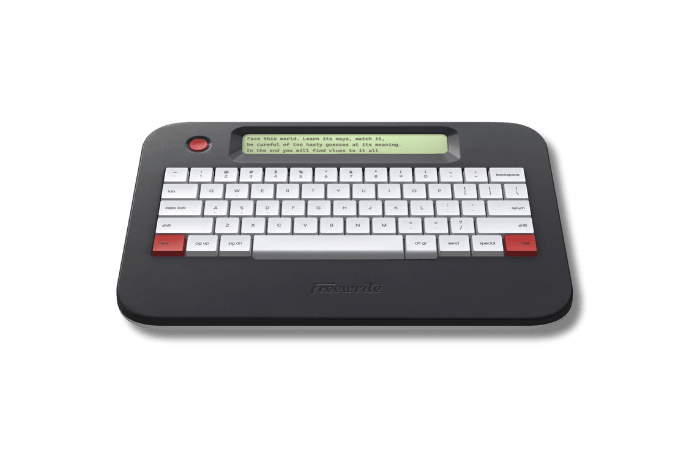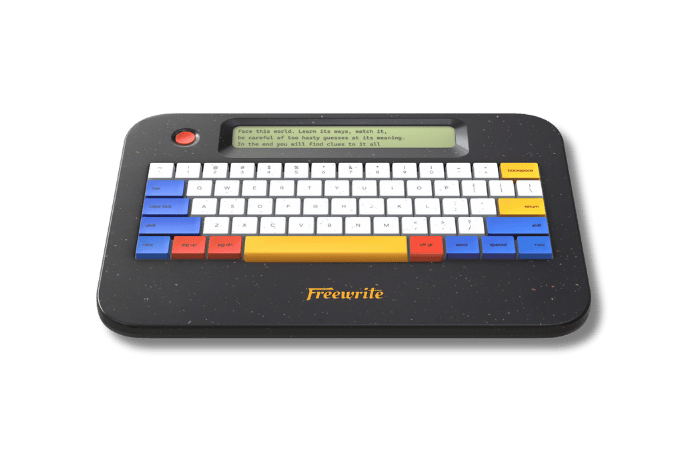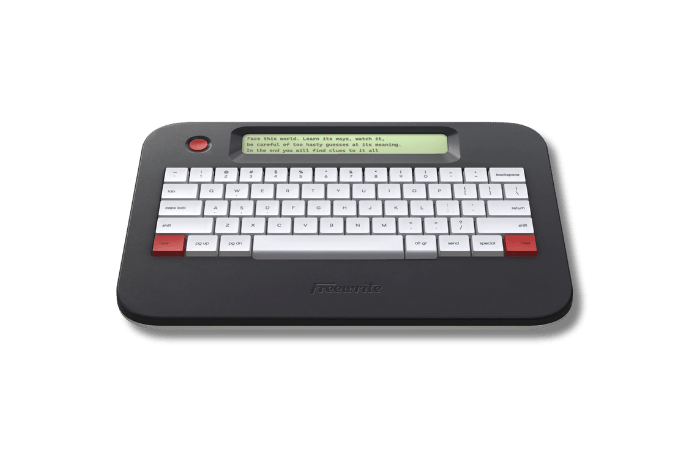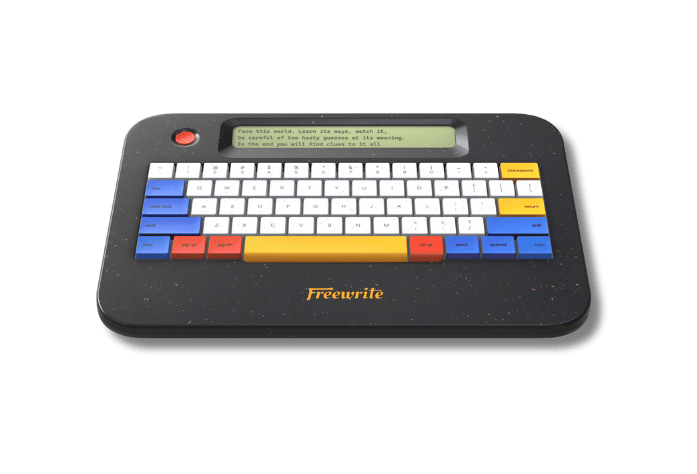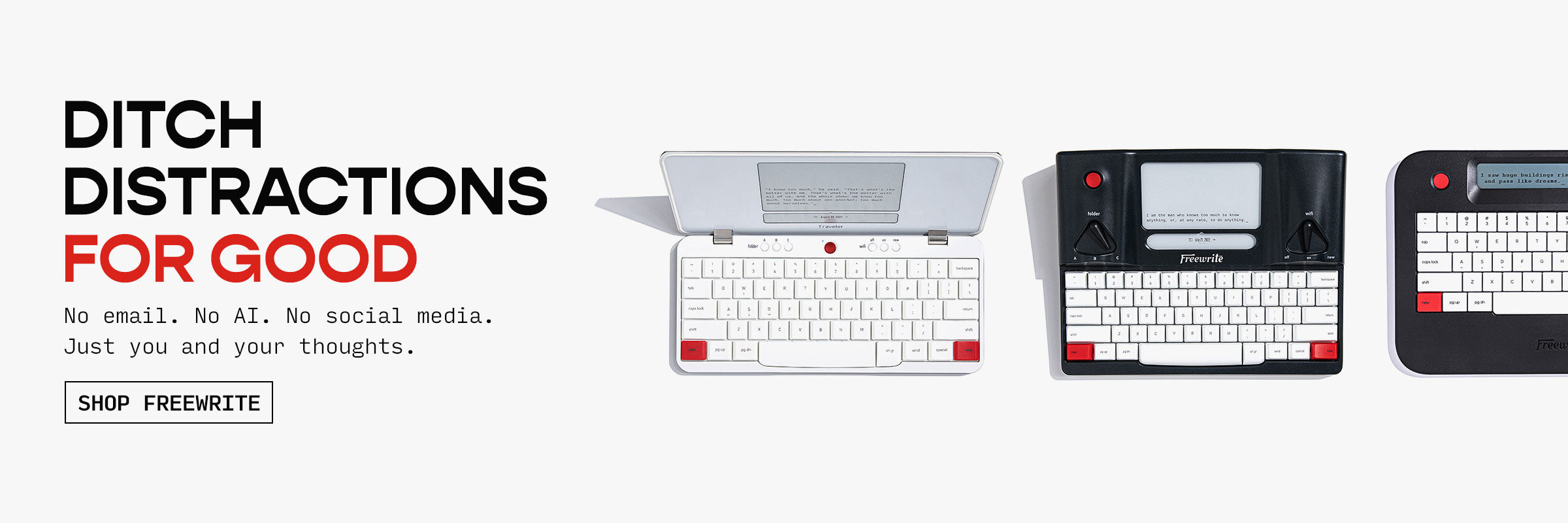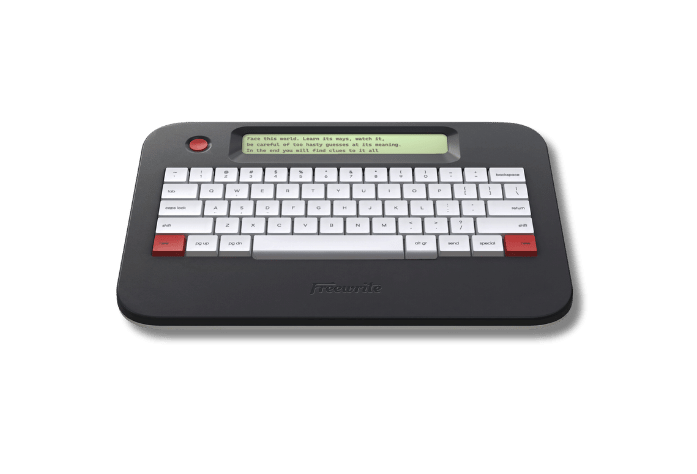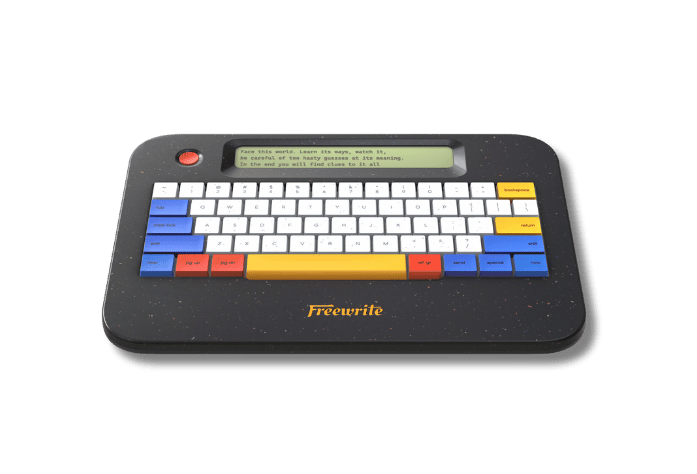Whether you’re writing a short story, novel or a sales page for your website, keeping your readers hooked is your main goal. If you fail to hook them, you lose them - and not just in the short term. They’ll remember how underwhelmed they were by your writing - and probably won’t give you a second chance.
To have a positive impact on your readers, you have to impress them with your skill. Compelling content that almost forces them to keep reading will stick in their mind long after they’ve finished reading - and they’ll want to come back for more. That’s the secret to building a loyal audience that will benefit you long into the future.
Writers - just like you - come to me frustrated because they’re not happy with their writing. It lacks that attention-grabber hook that propels you from writer to storyteller.
It doesn’t mean you’re not a great writer. It doesn’t mean you should quit. It just means you need to develop the skills.
How To Write With Impact
Writing a compelling story isn’t easy - not even when you’ve been doing it for years. You have to work hard at it, then edit, refine and improve until it’s a polished piece that could almost reach out and grab your readers by their lapels. It’s a skill you develop and practice, not something that’s innate - which is why so many writers get frustrated by the process.
Related: Story vs. Plot
So, what makes a compelling story? What techniques do you have to use to grab your reader’s attention and keep them firmly on those writing hooks? There’s no magic formula for this kind of powerful writing, but there are some key ingredients. What’s more, they work for content marketing, business writing and blog posts just as well as they do for fiction.
Crafting content that’s compelling is a truly transferable skill. Let’s dive into the top
1.Show, Don’t Tell
Okay, so this old cliche is so tired and worn out I really debated about whether to put it in - but despite its overuse, it’s still important. When you’re trying to hook your audience, it’s no good telling them how your character feels. Showthem, with a description that’s loaded with opportunities for your reader to slip into your character’s shoes and immerse themselves in the story.
Related: Show and Tell
Rather than explaining to your readers, you’re giving them the opportunity to draw their own conclusions. Once they’re in your character’s shoes, you’ve started the process of making them care - and that means they’re much less likely to abandon the story early on.
2. Shock and Surprise
Startle your readers with something they weren’t expecting. Marketers do this a lot - aiming for the shock factor - but it’s just as important if you’re writing a short story or novel. Make it truly shocking and unexpected and you’ll have your readers right where you need them.
We encounter the unexpected every day - and how we respond is part of our learning process. Injecting something shocking into your writing keeps it real and (most) readers will be intrigued as to how the character handles what’s happened. Is it different from how your reader would respond? Is there something they can learn from this?
The shock factor is a sure fire way to get your readers on the hook - because you’ve grabbed their attention. Now you just have to keep them on the hook.
3. Relatability
Compelling writing is real, gritty, and doesn’t pull any punches. If you want to keep your readers on the hook, they have to be able to relate to what’s happening in your story.
To master relatability, you have to know your audience inside out. What problems do they have? What in their lives causes them the most pain.
If your reader encounters a character they can relate to, who has problems as they do, they’re automatically more engaged. Your readers care about the characters they can relate to. They don’t care about the characters they have nothing in common with. Far too often, the reason why you’re not hooking your audience is because you don’t fully understand them.
4. Raise The Stakes
You’re writing about real situations (or situations that could be happening to your readers) - but that doesn’t mean you have to confine yourself to strict realism. Your readers have put themselves in your character’s shoes, been shocked by something, and can relate to the problem - so now you have to raise the stakes.
What’s the worst thing that could happen to your character right now? Even if it’s not really likely, you have to raise your readers’ investment in the story you’re telling. You’re playing with their emotions now, and you can’t hold back. (Well, you could, but make it too ‘ordinary’ and your readers will slide right off the hook again.)
When you raise the stakes, you create that edge-of-the-seat anticipation in your reader. You know, that feeling where you can’t put the book (or tablet, e-reader, magazine, whatever) down because you just have to find out what happens next. That’s exactly what you’re aiming for.
5. Mining The Depths
Characters that your readers care about aren’t 2D cardboard cutouts. When you’re creating content - whether fiction or non-fiction - 2D cardboard cutouts aren’t going to get you the results you want. You have to bring your characters to life - so it feels like they’re living, breathing people bursting off the page.
You bring your characters to life by creating layer after layer of details. To do that, you need to know everything about your character’s backstory (even if you’re just creating them for a digital marketing campaign!). I’ve had students tell me that it’s way too much effort for content marketing, and should only be for fiction, but it works for me and the results are worth the effort.
It’s the little details that bring your character to life. Anchor them in real-life events that have enough detail to make it sound like you’re giving eyewitness testimony in the courtroom. Names, places, feelings, sensations, emotions - build the details until you start to feel like you are giving eyewitness testimony.
6. Make It Memorable
Compelling writing leaves a lasting impression on your reader - which makes them remember you. Whether you’re a novelist or a social media marketer, your goal is to ensure that your reader remembers you. Compelling writing inspires loyalty in your readers, building an audience that is already primed to sign up for your mailing list or like your Facebook page.
Making an impression on your readers isn’t easy when there are so many other writers trying to do exactly the same thing. You have to stand out. You have to get your hook so deep into your audience that they won’t be able to forget how your writing made them feel, or how your writing changed their life.
One way to ensure that your readers remember you and remain firmly on your hook is to leave them with a feeling of unfinished business. Don’t resolve all of the conflicts in your story. Leave an unresolved thread that will be like a constant itch at the back of your reader’s mind.
Refining Your Writing

Don’t expect your first draft to be a masterpiece of compelling writing. While some writers may be ready to publish after the second draft, most writers go through multiple drafts.
I don’t put a number limit on my drafting process - I redraft until I’m happy that I’ve done everything I can. Sometimes it takes five drafts. Other times it takes fifteen. I’m a ruthless editor, too.
Crafting compelling stories isn’t something you can do in an evening, sitting with your laptop on your knee in front of the TV. Cut out all the distractions and immerse yourself in your characters’ world. Distractions and interruptions only dilute the strength of your writing.
Give your writing the dedicated time it deserves, and you’ll master the art of writing with an impact much more quickly.
About the author:
Ariella is an experienced copywriter, editor, and digital marketing consultant. Driven by a passion for writing and content creation she takes pride in producing articles that deliver the latest information in an engaging manner and marketing campaigns that deliver exceptional results. Ariella has a BA (Hons) in English Language and Creative Writing (First), an MA in Theology and Ministry, and is a published author of three novels and a bestselling non-fiction book. A creative at heart, Ariella has 14 years’ industry experience and always aims to keep abreast of current trends and developments. She lives in the UK with her three beagles Zeke, Hope, and Sandy, who always make life interesting.



